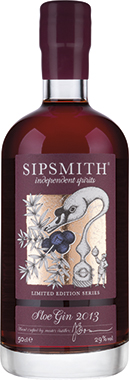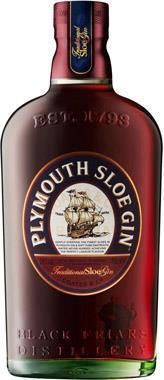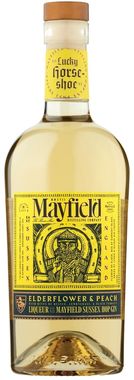Details
- Type: Gin Liqueurs
- Country: England
- Brand name: Warner Edwards Sloe
- Bottle size: 70cl
- Style: Liqueur
- Price bracket: Super Premium
- Code: 33951
- Abv: 30%
- Format: Glass bottle
-
Key Ingredients:
- Sloe Berry
- Juniper
-
 Vegan
Vegan
-
 Vegetarian
Vegetarian
The product and allergen information provided has been supplied by the producer/manufacturer of the products. Matthew Clark gives no warranty or reliance as to the accuracy of the information. Although the information provided is correct at the time of publication, to ensure that you have the most up to date information please read the product label on delivery.
Profile
Fruit Gin
About the Spirit
Warner's Sloe Gin is a 30% product made in Northamptonshire. Each year, around the start of October, a sloe swap is run on the Falls farm; gin fans are invited across the UK to exchange their handpicked sloe berries for a bottle of Warner's Sloe Gin. Launched in 2013, this gin is supplied by Warner's Distillery.
Juniper
joo-nuh-puh
Without Juniper, there would be no gin at all. The origins of gin as we know it date back to 16th century Holland where Juniper and grain spirit were combined to produce a spirit called Genever. These 'berries' have a herbaceous, piney flavour with citrus notes.
Sloe Berry
sloh ber-ee
Relative of the plum, these small dark fruits are commonly found in hedgerows in England, Wales and Ireland. Picked after the first frost of winter, these fruits have a sweet flavour and traditionally used to create liqueurs all around the world.
The Country
England
The capital of London gives its name to the most popular English spirit, London Dry Gin. The home of gin and many liqueurs, England is increasingly producing craft vodka, rum and non-alcoholic spirits.
Explore England







